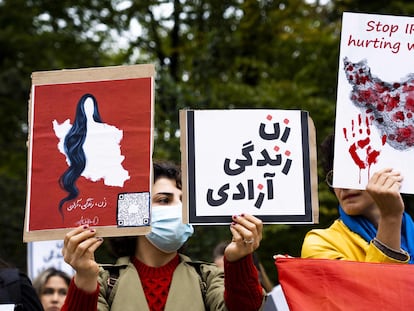The faces of repression in Iran
These Iranian women are some of those who have paid with their lives or their freedom for participating in nationwide protests over the death of Mahsa Amini
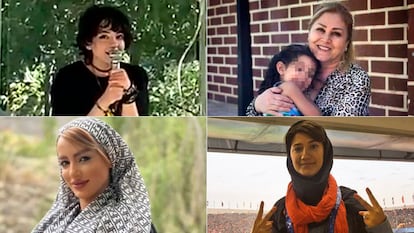
Mahsa Amini, the 22-year-old Iranian woman who died in police custody on September 16 after being arrested by Iran’s morality police for wearing her hijab (head covering) incorrectly, would have silently joined the long list of victims of her country’s repression if not for three million people who responded to the “Say her name” social media campaign. At least 154 people have died at the hands of Iranian security forces after Amini’s death during the largest street protests in recent years, according to the Iran Human Rights organization. Many of the protestors were women, present-day symbols of the Iranian regime’s brutality. Here are the stories of four of these women – three were killed and one is still alive.
Nika Shahkarami
Teenager Nika Shahkarami disappeared on September 20 after she joined the protests over Mahsa Amini’s death and publicly burned her hijab. Her aunt, Atash Shahkarami, told the BBC’s Persian language news service that she called a friend on her way home to tell her that she was being followed by security forces. Then Nika disappeared for 10 days until her family found her body in a Tehran detention center morgue. Nika’s parents were only allowed to see their daughter’s face for a few seconds while the rest of her body remained covered. According to US-based Iranian activist Masih Alinejad, authorities finally handed over the young woman’s remains to the family on September 30. Her nose had been smashed and her skull broken by heavy blows.
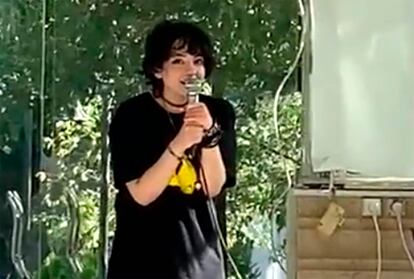
The Shahkarami family took Nika’s remains to her father’s hometown of Khorramabad in western Iran, intending to bury her on the day she would have turned 17. Although the family agreed not to hold a funeral, a source quoted by the BBC alleged that security forces stole the body and buried it in another location to forestall more protests during the burial service. A video of this photogenic teenager has gone viral in a country that forces its women to wear modest clothing and dark head coverings. Nika’s friends can be heard laughing as she sings and dances to a love song from Soltane Ghalbha (King of Hearts, in English), a famous 1968 Iranian film. According to the source quoted by the BBC, Nika’s aunt Atash has been arrested for her social media posts about Nika’s death.
Islamic Republic of Iran killed her in the protest over the murder of #MahsaAmini.#NikaShakarami 17, vanished during the protest.
— Masih Alinejad 🏳️ (@AlinejadMasih) October 4, 2022
After a week, security forces delivered her dead body with her nose fully smashed & her skull broken from multiple blows.#مهسا_امینی
#نیکا_شاکرمی pic.twitter.com/wMaRjeVSiR
Hadis Najafi
“I hope that when I look back a few years from now, I will be happy because everything has changed for the better.” Hadis Najafi, a 22-year-old Iranian woman, recorded these words in a cell phone video on September 21 in the Tehran suburb of Karak. But Nafaji will never know, because just an hour later, she was killed by security forces, according to Amnesty International. Nafaji was shot at point-blank range with buckshot, fatally wounding her in the face, neck and chest.
Najafi’s sister posted a video of the blood-soaked backpack Hadis was carrying when she was killed. Her mother said, “My daughter was killed because of the hijab. She lost her life for Mahsa. She wanted to keep Mahsa’s name alive.” Najafi’s family denounced Iranian authorities for keeping their daughter’s body for several days before turning it over.
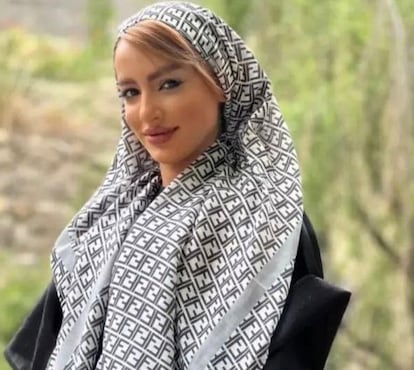
Minoo Majidi
Like Nika Shahkarami and Hadis Najafi, Minoo Majidi was not a rebel, just an ordinary Iranian woman. The 62-year-old mother of three was shot and killed on September 20 by security forces in Kermanshah, a Kurdish town in northwestern Iran, according to the Hengaw Organization for Human Rights.
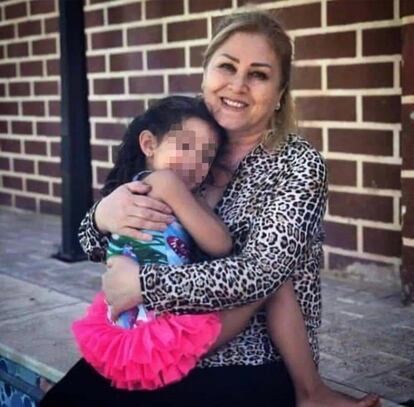
One of Majidi’s daughters was photographed in front of her mother’s grave, wearing somber mourning attire and a white scarf around her neck. She had cropped her hair close to the scalp, and was holding her shorn hair in one hand. The bleak image of this solemn but proud young woman has become yet another symbol of the pain suffered by women who live in a country where cutting one’s hair is a sign of grief and resistance.
Iconic image of the daughter of Minoo Majidi, the women who was shot dead in protests in Kermanshah last week, standing at her mom’s grave with her own hair in hand. Iranian women have been cutting their hair as a sign of grief and resistance. #MahsaAmini
— Negar Mortazavi نگار مرتضوی (@NegarMortazavi) September 30, 2022
(Via @FarahmandAlipur) pic.twitter.com/BAndLJavxO
Niloofar Hamedi
Niloofar Hamedi is an Iranian journalist who works for Shargh Daily, a quasi-reformist newspaper in Iran. She was investigating the role of the morality police in Iranian society when she entered Tehran’s Kasra Hospital on September 16. She was there to report on a woman who had just died after being arrested by the morality police three days earlier for wearing her hijab incorrectly – it was Mahsa Amini. Later that day, Hamedi tweeted a photo of Amini’s grief-stricken parents embracing each other after learning of their daughter’s death. Thousands of outraged Iranians saw that photo and flooded the streets in protest..
Six days later, police arrested Hamedi at home after searching her house and confiscating her belongings. She has been held in solitary confinement in Tehran’s Evin prison since September 22. Her lawyer, Mohammad Ali Kamfirouzi, tweeted that Hamedi has not been informed of the charges against her.
صبح امروز، ماموران امنیتی با یورش به منزل موکلم #نیلوفر_حامدی، روزنامهنگار روزنامه شرق، او را دستگیر و منزلش را تفتیش و وسایلش را توقیف کردند. هرگونه خبری در مورد #نیلوفر_حامدی از طریق من یا همسرش محمدحسین آجرلو منتشر میشود.@mohamadhosein_2 pic.twitter.com/GfELXBnzPU
— محمدعلی کامفیروزی (@Kamfirouzi) September 22, 2022
Tu suscripción se está usando en otro dispositivo
¿Quieres añadir otro usuario a tu suscripción?
Si continúas leyendo en este dispositivo, no se podrá leer en el otro.
FlechaTu suscripción se está usando en otro dispositivo y solo puedes acceder a EL PAÍS desde un dispositivo a la vez.
Si quieres compartir tu cuenta, cambia tu suscripción a la modalidad Premium, así podrás añadir otro usuario. Cada uno accederá con su propia cuenta de email, lo que os permitirá personalizar vuestra experiencia en EL PAÍS.
¿Tienes una suscripción de empresa? Accede aquí para contratar más cuentas.
En el caso de no saber quién está usando tu cuenta, te recomendamos cambiar tu contraseña aquí.
Si decides continuar compartiendo tu cuenta, este mensaje se mostrará en tu dispositivo y en el de la otra persona que está usando tu cuenta de forma indefinida, afectando a tu experiencia de lectura. Puedes consultar aquí los términos y condiciones de la suscripción digital.

